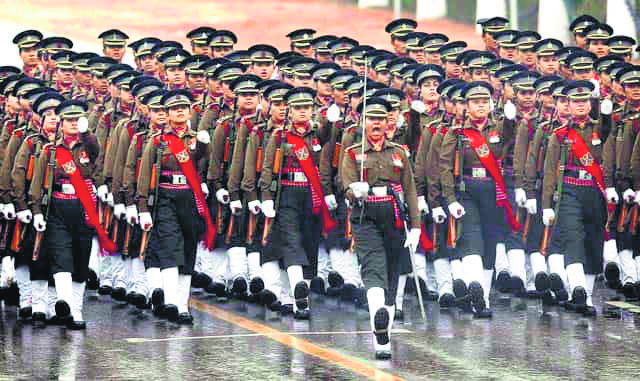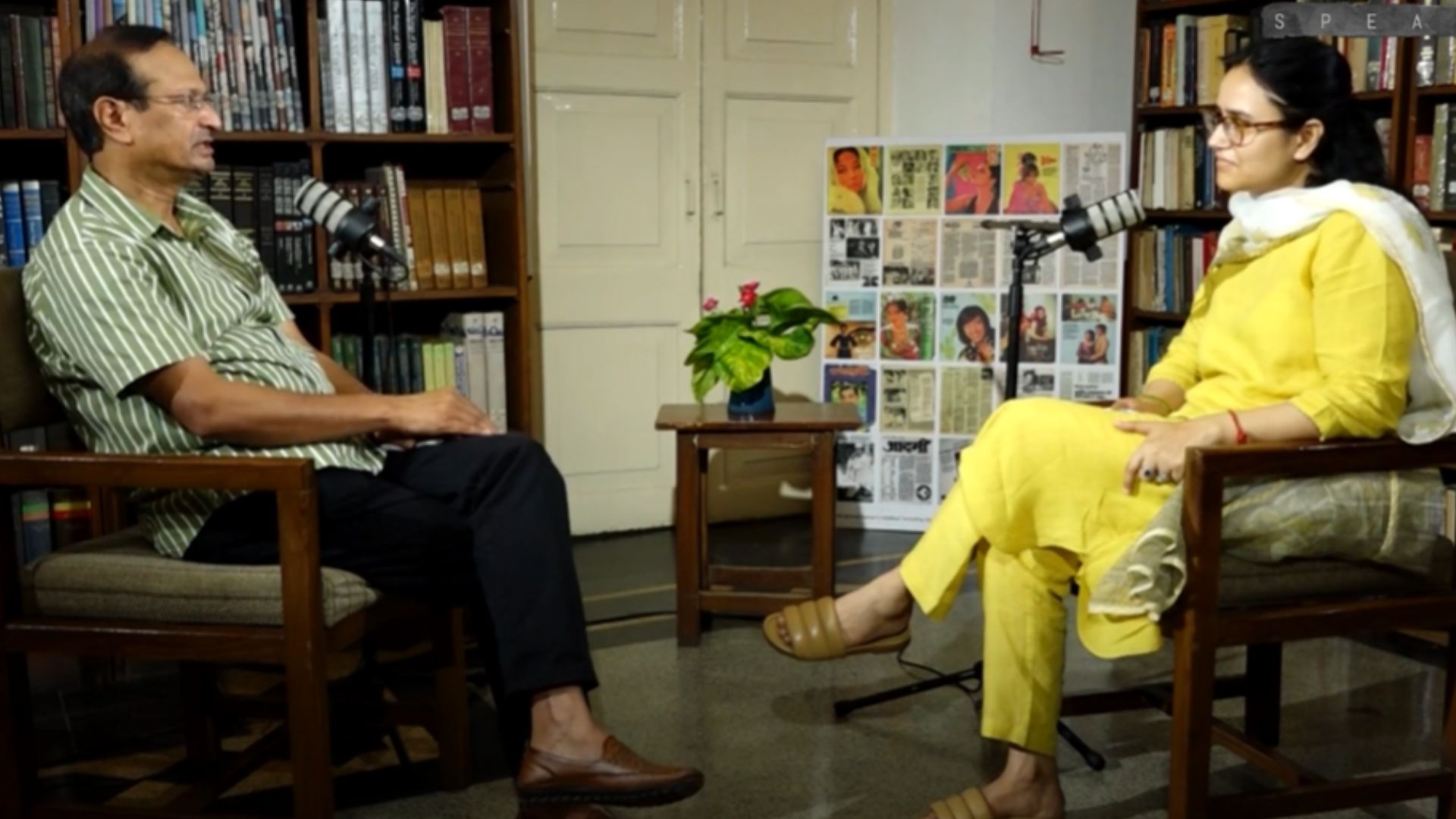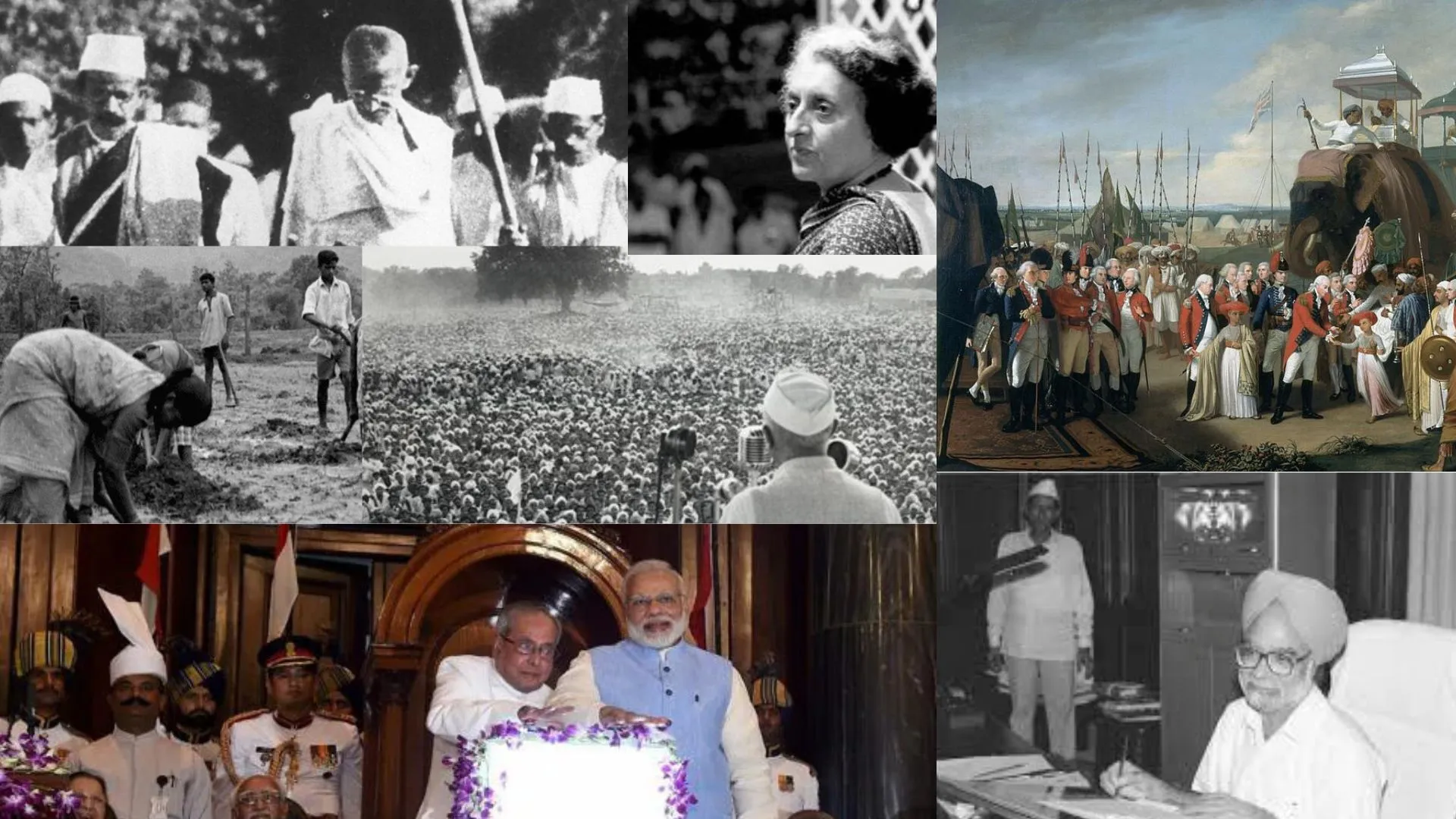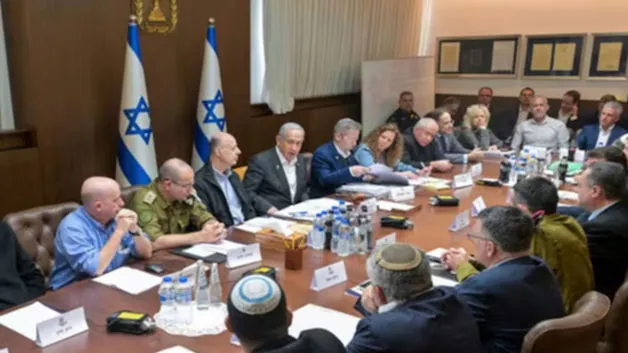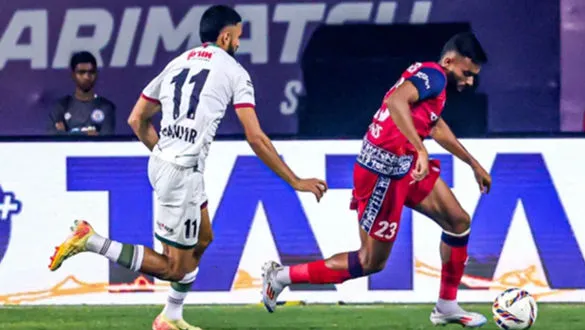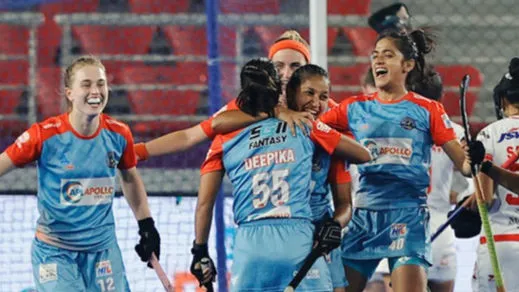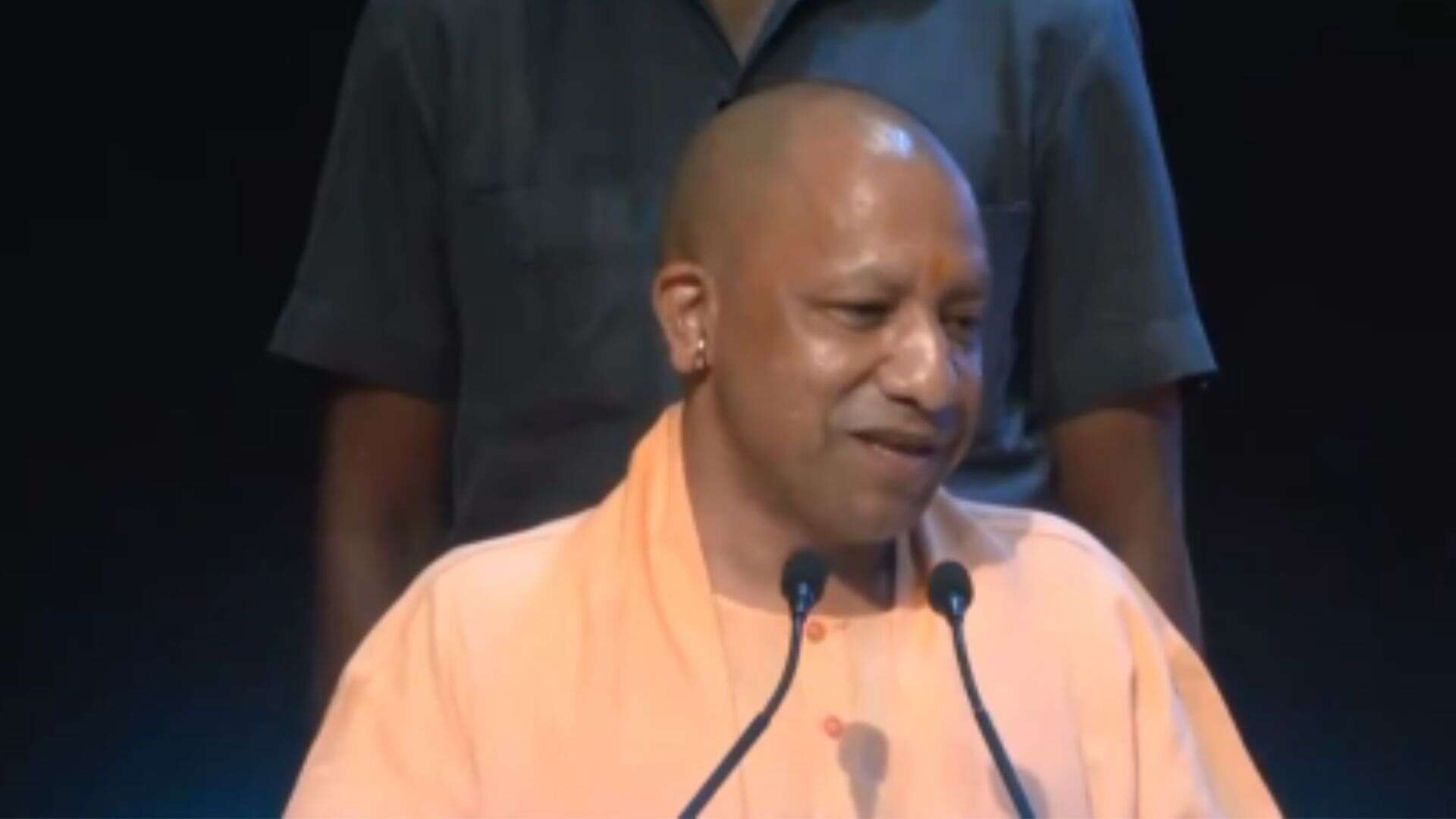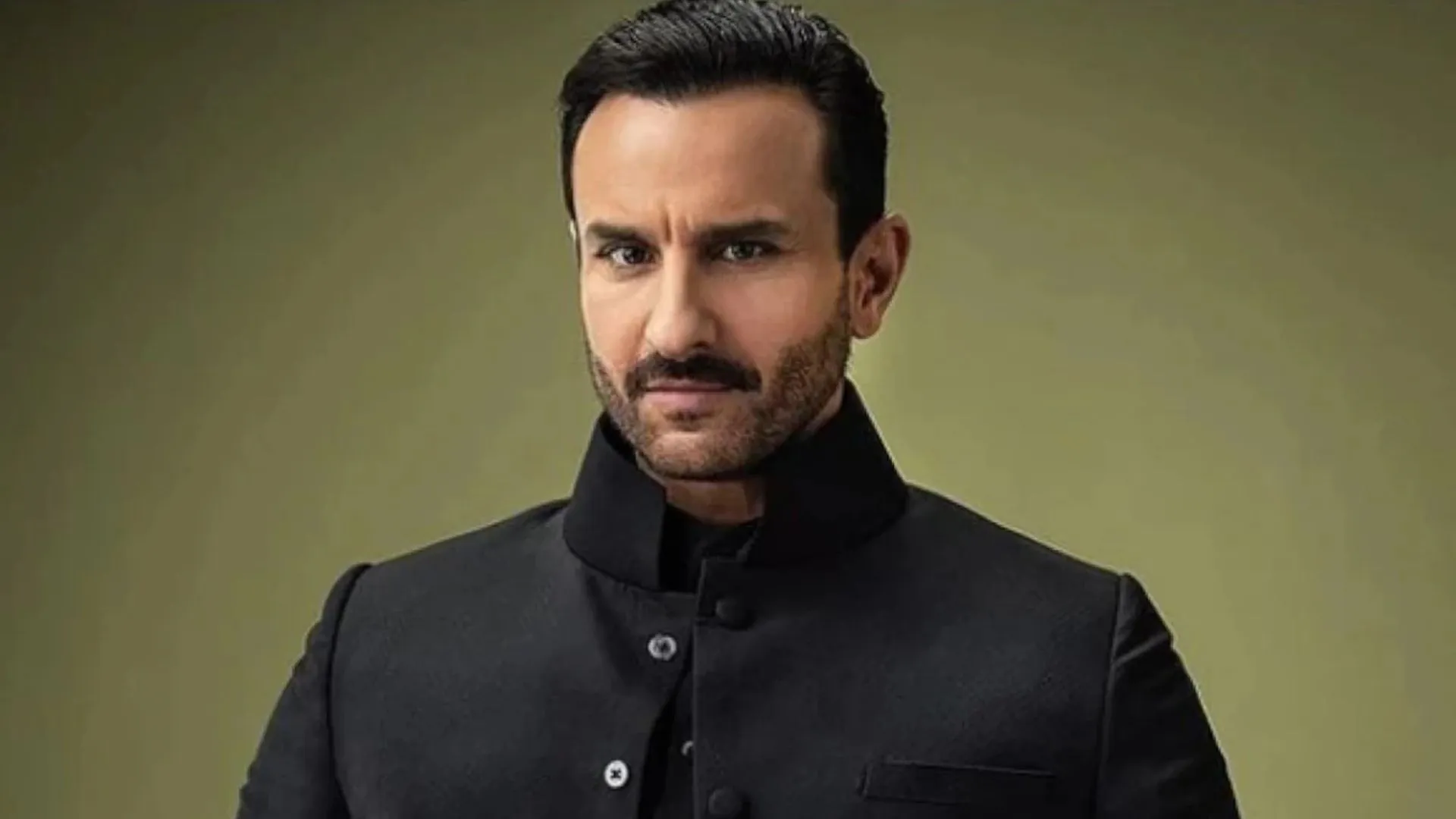When most other girls were dreaming of pink dress, some preferred to adorn themselves with the uniform of the defense forces.
Rome was not built in the day so is the entire human civilization. Humanity has traversed through thousands of years and have evolved and grown into a close-knit society where we all have an important role to play. History is full of stories about great human figures that got catapulted to heroic statures and some have even attained God like status.
But all these humans share a common thread. Almost all of them were males. We hardly see any female figures except for a few who could make inroads into the patriarchalism that prevails all over the world.
Women have always been identified as playing second fiddle to men. Their role had always been restricted to bearing kids, looking after household affairs and obviously attending dotingly to her father and later to her husband. Except for a few societies, the girl child is always kept at second slot when compared to her male siblings who are better fed, groomed and always get the best of the available resources.
But the last century has seen a lot of changes and more so the last two decades. There has been a surge in women taking up responsibilities and assuming an active role in fields which were considered to be traditional forte of men. Time has moved especially in favor of the fairer sex.
The role of women in defense forces has evolved over the years, with many countries recognizing the valuable contributions that women can make in various capacities within their armed forces. The traditional view of defense forces as predominantly male-oriented institutions has given way to a more inclusive approach that acknowledges the diverse skills and talents that women bring to the table. The role of women in defense forces can be examined in several key areas:
Thanks to the educational system, developing infrastructure, technological developments and obviously the opening up of the economies. Interestingly women have been dominating the educational, health, hospitality, telecommunication, IT and ITES sectors but recently they are slowly but steadily moving in so called masculine domain that is armed forces.
Traditionally people felt uncomfortable even with the mention of the women fighting with the arms. It was felt that only men are fit to be in combats and women were seen as anomalies. But this has been proved as an archaic thought. Now women have started asserting themselves.
They feel that all opportunities should be open to both men and women and they have proved their worth in every field. The recent decision of The Supreme Court regarding grant of permanent commission to women officers in armed forces will go a long way in changing the perceived gender bias against women. Women had their first induction in British Indian Army in 1927 as Military Nursing officers and as medical officers in 1943 to look after the troops, families and public during deployments which included female section of the population.
According to https: //static.mygov.in data , it was only in the year 1992 that the Army, Air Force and Navy began inducting women as Short Service Commission (SSC) officers. This was the first-time women were allowed to join the military outside the medical stream and as of now there are more than 9500 women in military. Now they have created a place for themselves as fighter pilots in IAF and as administrators in supporting services. Women are also included in combat roles in five paramilitary forces, called the Central Armed Police Forces (CAPFs).
They are allowing women entry from the rank of constable to direct entry officers. Now women are representing more than five percent of these forces. The government has plans that women would account for thirty three percent representation in CRPF and CISF and fifteen percent in the BSF, SSB and ITBP in coming days. IN Armed Forces, women have come a long way and have matched pace with the time. But there is so much still to be done.
The armed forces have to be accommodative in assimilating the women power in all wings whether it be combat, administration or medical. It is the responsibility of both the government and the society at large to recognize the women power and let them achieve their full potential. We need to work upon a roadmap that entails societal changes, acceptance and inclusiveness of women in all spheres of life.
It is quite evident that the role of women in defense forces has evolved over the years, with many countries recognizing the valuable contributions that women can make in various capacities within their armed forces. The traditional view of defense forces as predominantly male-oriented institutions has given way to a more inclusive approach that acknowledges the diverse skills and talents that women bring to the table. The role of women in defense forces can be examined in several key areas:
Combat Roles:
The Indian Army has started inducting women into combat support roles. Women are eligible for roles in the Corps of Military Police, marking a significant step toward allowing them to serve in combat-support capacities.
The Indian Air Force has allowed women to serve as fighter pilots, breaking gender barriers in the traditionally male-dominated field of combat aviation.
Short Service Commission:
The Indian government has been working towards providing more opportunities for women in the defense forces through the grant of Permanent Commission (PC). This allows women officers to have a longer and more stable career in the military, beyond the initial Short Service Commission (SSC) period.
Naval Roles:
The Indian Navy has been actively working to include women in various roles. Women are now serving as officers in the Indian Navy, contributing to different branches, including aviation and the naval arm.
Support Roles:
Women have been serving in various support roles across all branches of the defense forces. These roles include medical services, logistics, administration, intelligence, and communication.
Training and Education:
Women officers contribute to the training and education of personnel within the defense forces. They serve as instructors in various defense training institutes, sharing their expertise with new recruits.
Legal & Education Services:
Women officers are actively involved in legal and education branches, providing legal expertise and contributing to the educational and training aspects of the defense forces.
Peacekeeping Missions:
Indian women have been participating in international peacekeeping missions under the United Nations. They play a crucial role in maintaining peace and security in conflict zones and are involved in various humanitarian activities.
It’s important to note that while there have been significant strides, challenges such as gender bias, cultural norms, and societal expectations continue to be addressed. The Indian Defense forces are making ongoing efforts to create a more inclusive environment, recognizing the valuable contributions that women bring to the military.
Republic Day 2024
Indian women are nowhere less in any way and they excel and present their calibre in every field. On the occasion of the 75th Republic Day, Nari Shakti took centre stage as women soldiers march down the Kartavya Path.
For the first time, an all-women contingent of the Armed Forces Medical Services marched on Kartavya Path, led by Major Srishti Khullar, with Capt Amba Samant from the Army Dental Corps, Surg Lt Kanchana from the Indian Navy, and Flt Lt Dhivya Priya from the Indian Air Force.
Meanwhile, the Indian Navy tableau also highlighted the themes of ‘Nari Shakti and ‘Atmanirbharta’, also showing aircraft carrier INS Vikrant and Navy ships Delhi, Kolkata and Shivalik and Kalavari Class Submarine.
Another highlight of Republic Day was the motorcycle display that enthralled the guests and audience at Kartavya Path.
The Central Armed Police women personnel exhibited their prowess of ‘Naari Shakti’. 265 women bikers on motorcycles showcase bravery and valour.
Apart from these, the Delhi Police all-women band, led by Band Master SubInspector Ruyangunuo Kense also participated in the Republic Day parade for the first time on Friday.
The Delhi Police Brass and Pipe Band comprises of 4 Women Sub-inspectors and 81 Women Constables. The band played the ‘Delhi Police Song.
Delhi Police marching contingent which is the 15-time winner of the best marching contingent also marched down Kartavya Path.
For the first time in its history, an all-women contingent is participating in the Republic Day Parade and is led by Addl.
Deputy Commissioner of Police Shweta K Sugathan, IPS.
The Red Safa clad smartly attired women, from the Delhi Police marching contingent comprise of one Addl. DCP, three women Sub-Inspectors, 44 women Head Constables and 100 women Constable.
This contingent has a unique distinction of participating in the Republic Day Parade ever since India became a Republic in 1950. Its motto is ‘Shanti, Seva our Nyaya’ meaning `Peace, Service and Justice’.
The Republic Day 2024 celebrations began after Prime Minister Narendra Modi paid floral tributes at the National War Memorial to honour bravehearts of the Indian armed forces.
History
In 1888, the British Indian Army (BIA) established a military branch known as the Indian Military Nursing Service (IMNS), which recr female nurses. This was the first time that the BIA recruited female service members into its ranks. Female IMNS nurses served during World War I and World War II, 350 of whom either died, were taken as prisoners of war or were declared missing in action; one of the largest casualties suffered by the IMNS occurred on February 1942, when the SS Kuala, which was transporting several nurses, was sunk by Imperial Japanese Armed Forces bombers.[4] In May 1942, the Women’s Auxiliary Corps was established to assist BIA operations; by the end of World War II, it had recruited 11,500 women.
Noor Inayat Khan, who was of Indian descent, served in the Special Operations Executive (SOE) during World War II. She was secretly sent to German-occupied France to assist in SOE operations there. Khan was betrayed and captured before being subsequently executed at the Dachau concentration camp, and was posthumously awarded the George Cross for her service. Kalyani Sen, the first Indian servicewoman who visited the United Kingdom, served in the Royal Indian Navy’s Women’s Royal Indian Naval Service during World War II.In 2021, the Indian Armed Forces’ National Defence Academy entrance exam was opened up to female cadets.
In the Indian Armed Forces women are allowed to join in combat service support branches and in non combatant roles only and they can only become officers except the Corps of Military Police of the Indian Army where women can become sepoys too. The Indian Air Force had 13.09% (2018) and 8.50% (2014) women; the Indian Navy 6% (2018) and 3% (2014); the Indian Army 3.80% (2018) and 3% (2014).As of 2020, three officers have the rank of lieutenant-general or equivalent, all in the Medical Services. In May 2021, 83 women were inducted as sepoys for the first time in the Indian Army, in the Corps of Military Police.
As of 2020, Women are not yet allowed as combatant in the combat specialist forces, such as Ghatak Force, para commandos, etc.
The para commandos is a voluntary service and the recruitment procedure of Para and Para SF does not strictly mention any gender for the soldiers that can participate. It is not clear if any women have been able to participate or qualify for this ELITE force.
The Indian Airforce and the Indian Navy have allowed women to join the Garud Commando Force and the MARCOS respectively.
It is not clear as of 2023, if any women have been able to qualify.
Dr. Seema Rao, also known as “India’s Wonder Woman” is India’s first woman commando trainer, having trained over 15,000 Special Forces of India (including the NSG, MARCOS, GARUD) as full-time guest trainer for 20 years without compensation as a pioneer in close quarter battle (CQB).

